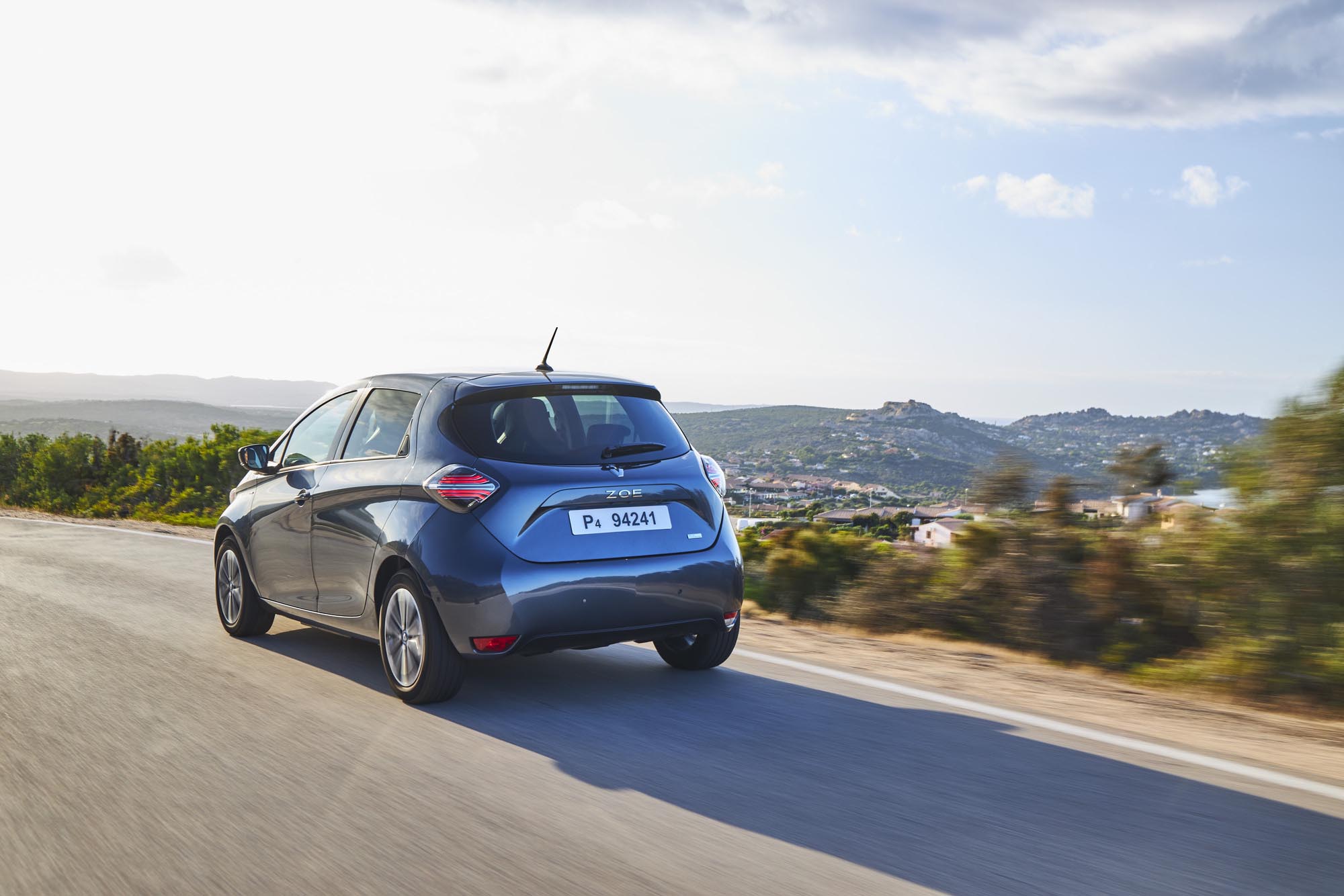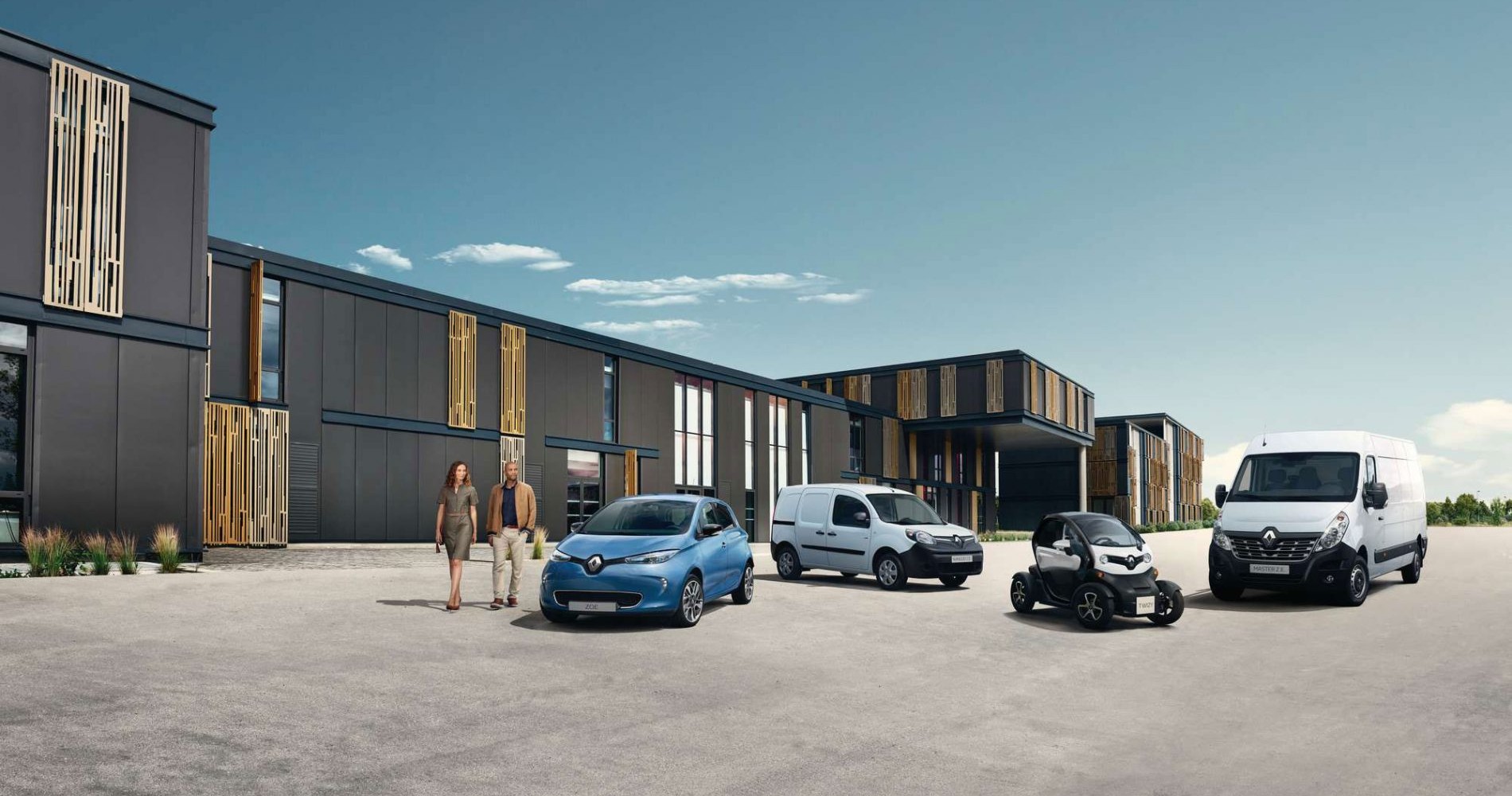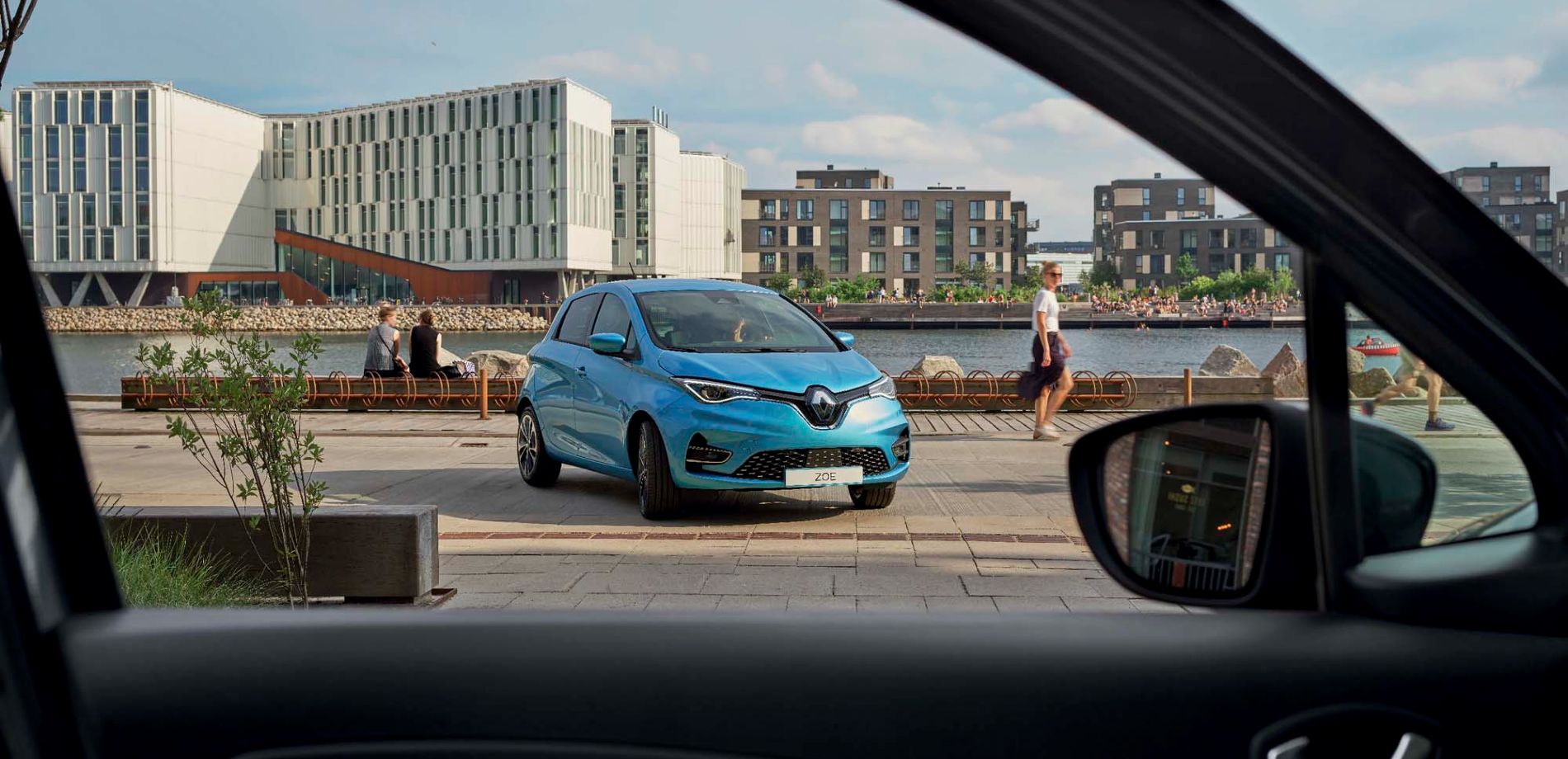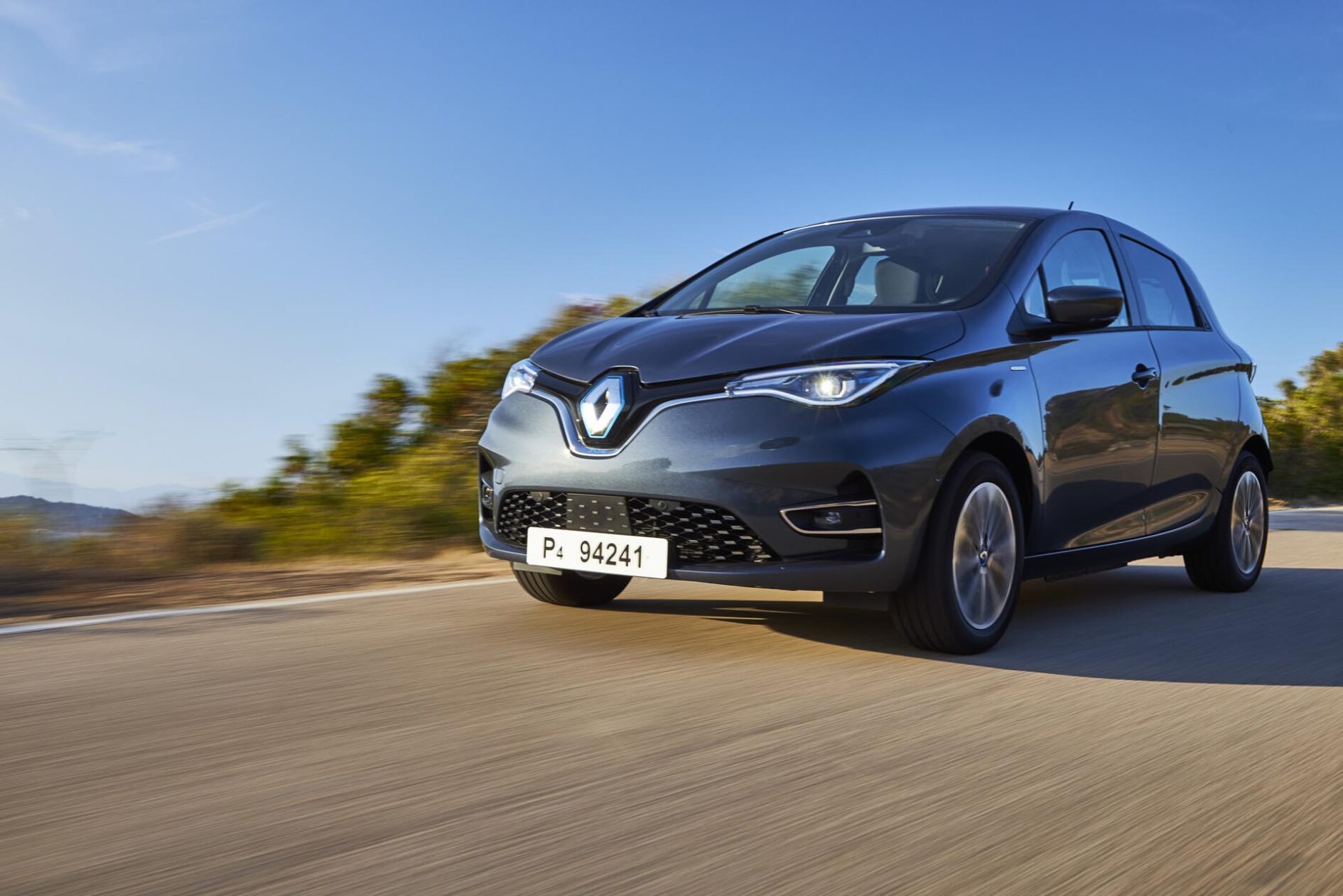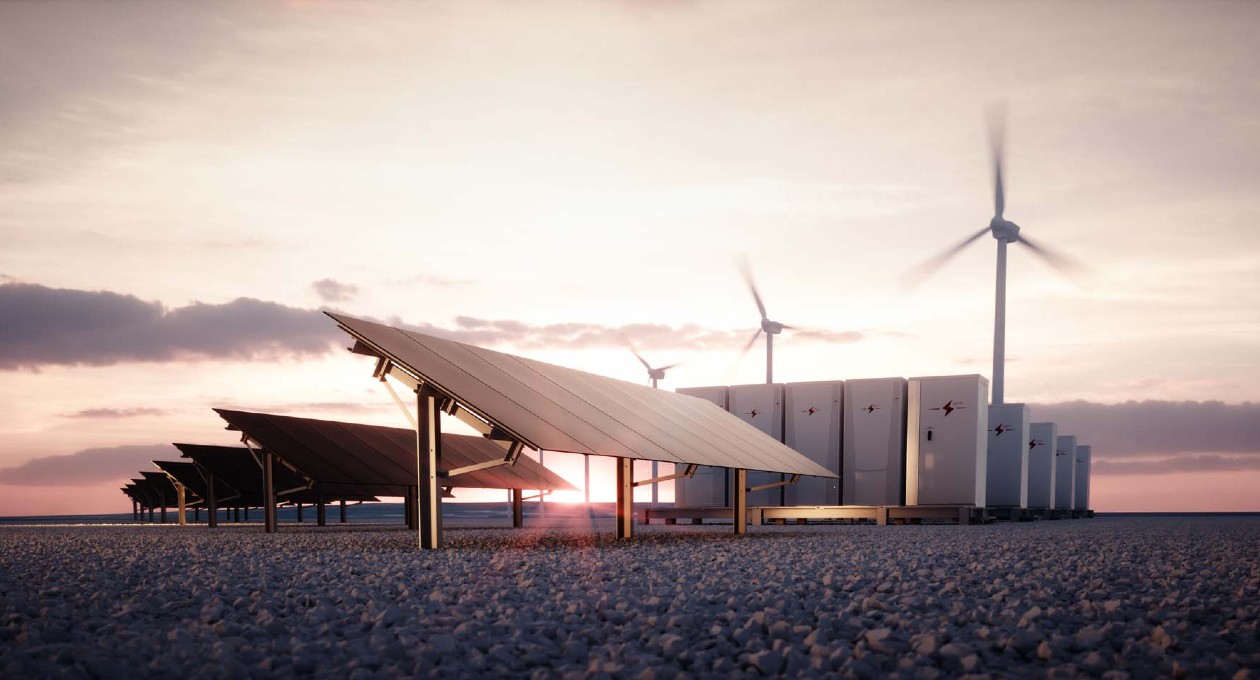

What determines the range of an electric vehicle?
The range of an electric vehicle depends first and foremost on the capacity of its lithium-ion battery, in other words the amount of electricity it is able to store. Expressed in kWh (kilowatt hours), it is equivalent to the size of the fuel tank in combustion-powered vehicles: it determines the energy reserves available to the motor and other elements of the vehicle. The level of energy in the battery at a given moment therefore defines the remaining range of the electric vehicle.
The range of electric cars is also affected by other factors that influence the speed at which energy is consumed. Some, such as the energy efficiency or the power of the motor, are intrinsic to the vehicle. Others are related to how the vehicle is driven; this is the case for factors such as average speed, acceleration intensity, road topography, the weather, the number of passengers, and the weight of baggage carried in the trunk.
The difference between theoretical range and actual range
Two people driving the same car will not necessarily obtain the same range. Test protocols have therefore been developed so that this doesn’t hamper the process of buying or test driving an electric car.
Potential buyers need to be able to analyze and compare the range of different vehicles on the market based on universal autonomy tests. As a response, the automobile industry and several economic regulation authorities have designed protocols to test the range of different vehicles under standardized conditions intended to reflect real-life usage as closely as possible.
The latest version of this protocol is called the WLTP, which stands for Worldwide Harmonized Light Vehicles Test Procedure*. It aims to provide values close to those that a driver might experience in their day-to-day life, with a cycle including a combination of urban, suburban, and freeway travel. Renault systematically publishes the WLTP range of its vehicles: ZOE, for example, offers up to 395 kilometers WLTP*, or New Twingo Electric which provides up to 270 kilometers on the WLTP urban cycle, and 190 kilometers on the mixed WLTP* cycle.
How to increase the range of an electric vehicle

Firstly, don’t confuse battery wear with short-term battery performance, which corresponds to charging time and capacity, and on which the range is dependent. When the temperature is below -10°C, it is impossible to charge the battery to 100%. This has a direct impact on the battery’s range. In contrast, hot temperatures do not influence the short-term performance of the battery.
Next, traditional combustion-powered vehicles begin consuming energy as soon as the engine is turned on. For electric vehicles, it’s slightly different: they consume electricity as soon as their parts are in operation, but they also recharge their batteries when slowing down thanks to regenerative braking. Here are some practical tips to prolong the range of your battery.
Optimize the range of an electric vehicle
To optimize the range of a Renault ZOE, for example, and preserve the energy in its battery as much as possible, the driver needs to reduce energy consumption during acceleration, all while capitalizing on the vehicle’s ability to recover electric energy when slowing down: this is known as “eco-driving”.
Accelerating abruptly when the light changes to green requires more energy from your electric car than slowly pulling away. You don’t need to rush the vehicle to get out of traffic — on the contrary, the accelerator should be used with restraint. A smooth driving style is also important when braking or stopping. Rather than slamming on the brakes at the last moment, it’s better to anticipate decelerations and release the accelerator to enable the car to slow down by itself and convert the resulting kinetic energy into electricity. Every time you slow down is therefore an opportunity to recharge the battery. Regenerative braking is beneficial to both the battery and the wallet: the brake pads are used less, and so need replacing less frequently. In short, eco-driving means anticipating in order to smoothly, without jolts, manage the speed and braking of your electric car and optimize its range as a result. These ecodriving behaviors apply to all types of vehicle and drivers, as they help save money and go hand in hand with road safety.
Factors that affect range
While the main way to extend the range of an electric vehicle is through driving behaviors, other influences include physical external factors such as road topography, load, and the use or charging of interior equipment.
Road topography
What better test for an electric car than mountain roads? Driving up a steep incline requires a significant amount of energy, especially at a high speed. Reaching a ski resort, for example, requires a lot more from the motor (and therefore the battery) than traveling along flat roads, thereby decreasing its range. Driving downhill does offer some compensation however, as the vehicle can recharge its battery whenever the driver makes use of regenerative braking. This can be further accentuated thanks to the “B mode”, on Renault Twingo Electric for example. This gear selector mode increases the force of deceleration so that the brake pedal can be used less frequently. The B1 mode, with the lightest deceleration force, is suited to long journeys where the driver adopts anticipatory driving behaviors when faced with obstacles.
The weight of the car
The heavier the car, the more energy is required to move it. The range is thus reduced when there are four passengers in the vehicle or with a heavy load in the trunk. The impact on range is fairly moderate when using a smooth driving style, but it can become much more noticeable if the driver engages in frequent accelerations, especially at high speed.

Using interior equipment
It’s often thought that an electric vehicle’s actual range decreases in cold weather, but most vehicles have systems that are designed to keep the chemical processes of the lithium-ion batteries at an optimal temperature. Weather can, however, have an indirect effect on the range of a vehicle, as extreme temperatures can cause the driver to use the heating or air conditioning. This is what motivated Renault to develop cabin preconditioning to further optimize ZOE’s actual range. Accessible via the MY Renault mobile application, this feature lets you program a desired temperature for the car, including when plugged in to its charging station, in order to avoid having to turn on the heating once you hit the road and putting a strain on the range of your vehicle.
Condition of the tires
It’s one of the main financial benefits of electric vehicles: the lack of a clutch, transmission, and pistons reduces the need for the regular maintenance of an electric vehicle. Only a few consumables (brake fluid, coolant, etc.) need monitoring occasionally. Maintenance is therefore much simpler than that of a combustion-powered car, and considerably less expensive. There are, however, a few components that should not be overlooked, such as the tires. Insufficiently inflated tires can of course negatively affect the range of the car. Regenerative braking also helps prevent excessive tire wear during braking, especially when paired with a gear selector mode which accentuates motor braking — like the B mode, first introduced on Renault ZOE.
Battery wear
A determining factor in the range of an electric vehicle is the age and condition of the battery it is fitted with. Recent progress in lithium-ion technology ensures that your car battery will have a long life, even after sustained use. There is, however, a form of wear that can affect the capacity of the battery, and therefore the range of the vehicle over time as a result of successive charging cycles. This is why the capacity of the battery — and therefore the range of kilometers it offers — diminishes over the years.
Even so, once the battery can no longer serve the exacting demands of an automobile, it can potentially be reused in a “second life” as it remains useful for other applications less demanding than propelling a car. The lithium-ion battery is therefore part of the electric vehicle’s circular economy. While battery optimization is a principal focus of the automobile industry, the range of certain types of vehicle, like hybrid vehicles, does not depend solely on this primary component.
The range of hybrid cars
Hybrid technology partly uses electricity, but its synergy with a combustion engine is a game-changer when it comes to calculating range. Firstly, there are several types of very different hybrids. The two main kinds are rechargeable hybrids (called “E-TECH Plug-in Hybrid” at Renault) and the non-rechargeable hybrid (E-TECH Hybrid.) The “classic” hybrid, like the Clio E-TECH Hybrid, relies solely on regenerative braking to recharge. However, this model can cover up to 80% of time spent driving around town using only electricity. In the case of a plug-in hybrid (for example New Renault Captur E-TECH Plug-in Hybrid), it is possible to recharge the vehicle at a charging station; in other words on the electricity grid, also used by all-electric cars. The plug-in hybrid also benefits from regenerative braking. Renault’s plug-in hybrids offer an electric range of up to 50 kilometers WLTP*. Moreover, they behave similarly to a non-rechargeable hybrid in urban areas (driving 80% of the time on electricity) or when the battery is empty. Obviously these two scenarios induce different range calculations.
The electric range of a hybrid car is therefore much greater (around five times more) than that of a vehicle equipped with a classic, non-rechargeable hybrid system. Discover the entire range of Renault’s hybrid vehicles here.

The range of Renault’s electric cars
What is the range of Renault ZOE and other electric vehicles from the Renault range? Depending on the factors listed above, ranges can vary to a certain extent. The Renault website offers a range simulator where you can adjust different criteria (temperature, speed, air conditioning, heating, etc.) and simulate how they influence ZOE’s range.
From city cars to utility vehicles, discover the entire range of Renault electric cars and opportunities for test driving the vehicle of your choice.
What’s the future for the range of electric vehicles?

With a range of 395 km on a WLTP* cycle, ZOE already allows drivers to use their cars for standard everyday travel with charging only necessary once a week. As well as increasing battery capacity, Renault is working on improving the energy efficiency of its vehicles and developing ways to simplify access to everyday charging, such as through car charging mobile apps. In addition, there are different charging modes that directly affect the charging time and available range.
The most recent Renault ZOE generation, for example, introduced rapid DC charging at capacities of up to 50 kW, allowing the car to recover up to 150 km of range on a mixed cycle in just 30 minutes. In addition to the numerous AC charging options offering up to 22 kW, this rapid charging feature makes ZOE the most versatile in terms of charging on European infrastructures.
The next generation of batteries
Today, and for several years to come, lithium-ion technology is set to be the standard for all-electric and hybrid cars. While lithium-ion technology continues to improve, notably in terms of battery energy density, scientific progress may one day result in the creation of new batteries able to offer ranges far greater than those of today. Notably, research is being done into the idea of a solid state battery, which would increase both the storage capacity and the stability of the lithium-ion cells. Hydrogen fuel cells, meanwhile, are also worth investigating as a complement to lithium-ion batteries, although they do represent new challenges related to the distribution and storage of hydrogen under pressure.
* WLTP: Worldwide harmonized Light vehicles Test Procedure. The standard WLTP cycle consists of 57% urban driving, 25% suburban driving and 18% highway driving.
** The duration and distances mentioned here are calculated from results obtained by New ZOE and/or Twingo Electric during the WLTP (Worldwide Harmonized Light Vehicles Test Procedure, standardized cycle: 57% urban driving, 25% suburban driving, 18% highway driving), which aims to represent the actual conditions of a vehicle’s use. However, they cannot foresee the type of journey after recharging. The charging time and recovered range also depend on the temperature, the degree of battery wear, the amount of power delivered by the charging station, driving style and the level of charge.
Copyrights : Jean-Brice Lemal, OHM Frithjof, Romain Laurent
